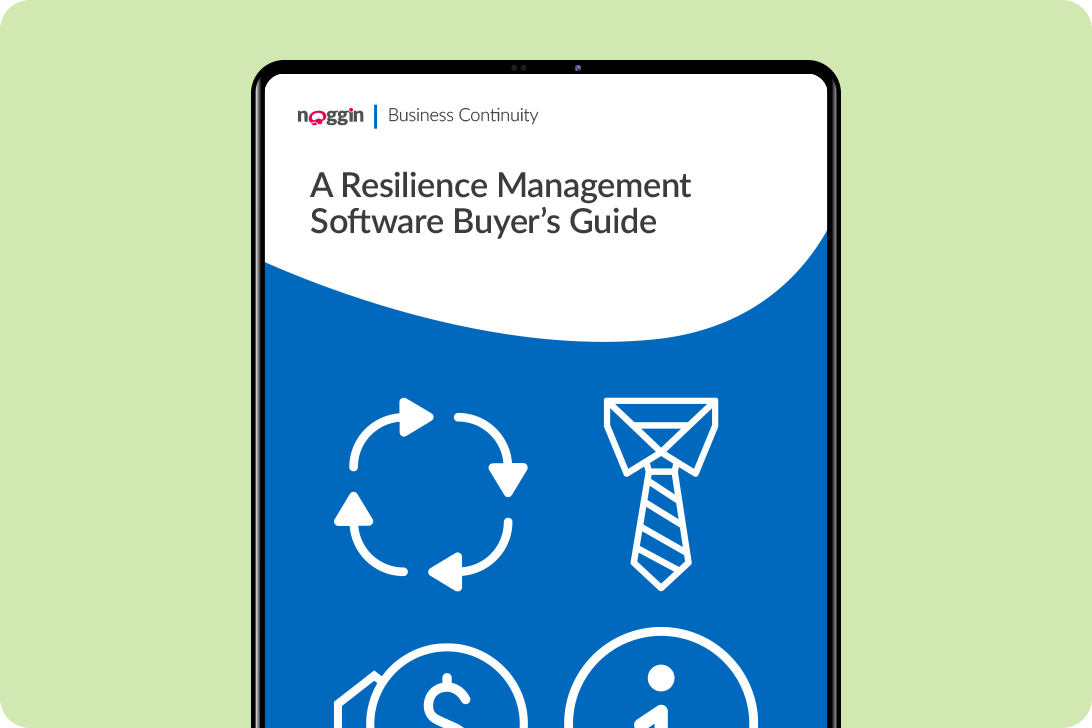Request a Demo
Fill in the form below and we will contact you shortly to organised your personalised demonstration of the Noggin platform.
Meet Noggin
An integrated resilience workspace that seamlessly integrates 10 core solutions into one, easy-to-use software platform.
The Noggin Platform
The world's leading integrated resilience workspace for risk and business continuity management, operational resilience, incident & crisis management, and security & safety operations.
Industries
Explore Noggin's integrated resilience software, purpose-built for any industry.
Guide to Addressing the Supply Chain Crisis
Best Practice Guide
What’s going on?
For one, major ports are badly backed up. In August 2021, the Meishan terminal at the Ningbo-Zhoushan Port in eastern China closed temporarily after a positive COVID-19 case.
The terminal, through which a quarter of the cargo coming in and out of the world’s third busiest container port flows, opened back up two weeks later. By then, the damage had been done. According to a chief shipping analyst, the temporary closure “could take up to 60 days for operations at the port to return to normal as workers and maritime pilots return from quarantine. That means retailers around the world will face continued disruption as they race to stock up ahead of the vital holiday shopping season”.
Closures at Ningbo weren’t the only instances of COVID-19 disrupting port operations at crucial hubs. A couple months earlier, the port of Yantian also had to close down due to COVID-19 infections among dock workers.
These closures in Chinese ports, coming so soon after the Ever Given incident, only exacerbated the escalating supply chain crisis. Ports in the western United States had been dealing with major congestion issues since November 2020. In February 2021, for instance, as many as 40 vessels waited for entry in the Los Angeles and Long Beach ports.
Things haven’t gotten much better since then. As of October 2021, around 200,000 shipping containers sat off the coast of Los Angeles amidst the ongoing gridlock.
Download the full guide to continue reading >>



